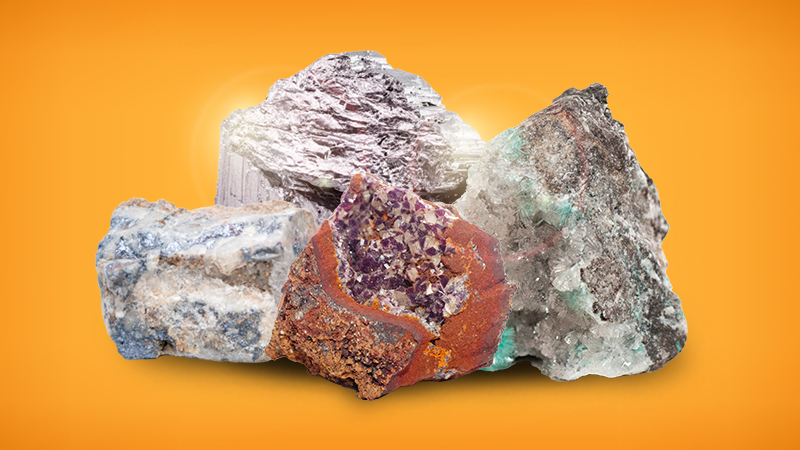
Rare Earth Elements to Make a Strong Comeback After 2020 Setback


After a minor setback in 2020 due to disruptions arising from COVID-19, the rare earth elements market is expected to see a solid recovery in 2021, principally supported by activities by several national governments and global bodies to mitigate carbon emissions.
The demand for rare earth elements (REE) is expected to remain constant in the short run as many rare earth mining companies will hold a vigilant stance to grab market share in the upcoming year-end holidays. The rare earth industry is expected to record a CAGR of 7.5 percent during the forecast period of 2021-2026. The COVID-19 pandemic has impacted the rare earth elements industry to a great extent. During COVID-19, Chinese productions of rare earth saw a descent. Later in the year 2020, when the situation gradually stabilized, the rare earth metals market finally rebounded.
As far as the rare earth metals market overview is concerned, Chinese firms hold the better infrastructure in creating REE and control chains across mining, preparing, and producing magnets compared to other rare earth metals companies. The global rare earth metals market is estimated to reach 202,000 MT due to the fall in mine outputs and production halts.
The Asia Pacific region is assumed to command the majority of rare earth metals market share due to increased investment in the healthcare sector and a surge in ceramic productions. This is expected to lead to a surge in the consumption of rare earth elements in the near term. Hence, the rare earth forecast is noticeably high in this region.
Additionally, rare earth mining companies in the USA can reap benefits as the U.S. has the largest medical device market globally, which is expected to reach $208 billion by 2023. This trend will boost the demand for magnets that will, in turn, accelerate the demand for rare earth elements in the coming years. Such a rare earth market outlook presents a complete and positive picture of this industry, and the upbeat rare earth metal market trends in particular.
There are some defined drivers and constraints for the rare earth market. Increasing interest in renewable and clean energy has expanded the demand for rare earth magnets, as they ensure improved execution contrasted with different magnets. For e.g., a run-of-the-mill 3MW breeze turbine requires around 600 kgs of rare earth for assembling engines and generators.
Moreover, with the widening concern for clean energy and demand for electric vehicles, the demand for rare earth magnets in electric motor and generator applications is continuously rising. Also, the increasing use of cerium and lanthanum in battery and catalytic converter applications will bolster the demand for rare earth metals in the future.
On the other hand, illegal mining tends to act as a major roadblock for the rare earth metals market. Few measures have been taken to reduce illegal mining and track illegal activity. The Chinese government will introduce a raw material tracing system and enact laws against illegal miners, separators, and distributors.
There is a direct relationship between the US-China trade war and rare earth metals’ demand and supply. The U.S. censure of China over the spread of COVID-19, in particular, has been affecting their trade relations in recent months. Today, China is the largest producer of rare-earth metals, especially in the magnet segment. This clash may impact the rare earth metals market globally.
Current rare earth metal price trends indicate that the Neodymium metal prices will reduce by 0.5 percent and average at $65.77/Kg. The prices of Praseodymium, too, are expected to go down by 4 percent, with the average price pegged at $89.5/Kg. The prices of Dysprosium stood at $320.13/Kg. Furthermore, rare earth price forecast a slump due to inactivity in the spot market post the National Day Holidays.
Key Findings:
- China is largely controlling and administering the REE market and is home to the largest reserves of rare earth metals globally, trailed by Vietnam.
- Languid premium in business areas outside of China, especially in the U.S. and Europe, is expected to impact REE imports from the Chinese market.
- The interest for REEs is expanding at a high rate, particularly in buyer gadgets and sustainable power devices like breeze turbines.
- Out of 17 REE types, as far as utilization is concerned, Neodymium records almost 50 percent of the major rare earth market share in the world.
Related Insights:
View All
Get more stories like this
Subscirbe for more news,updates and insights from Beroe






